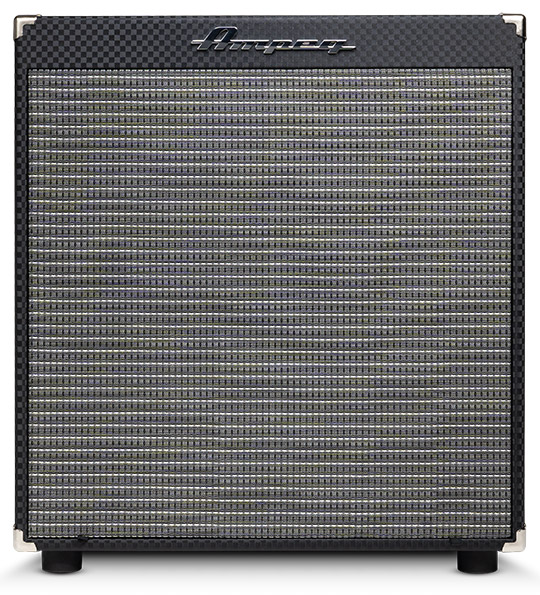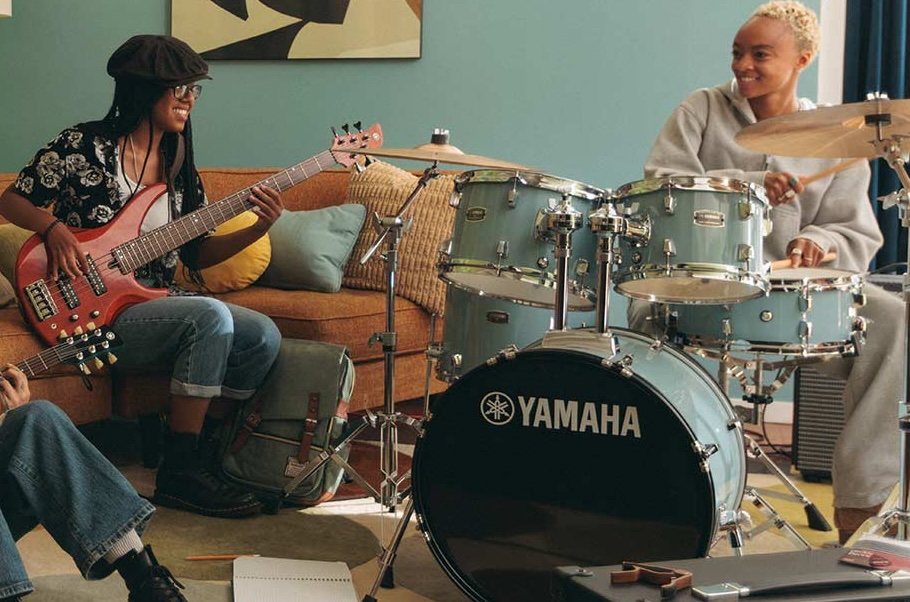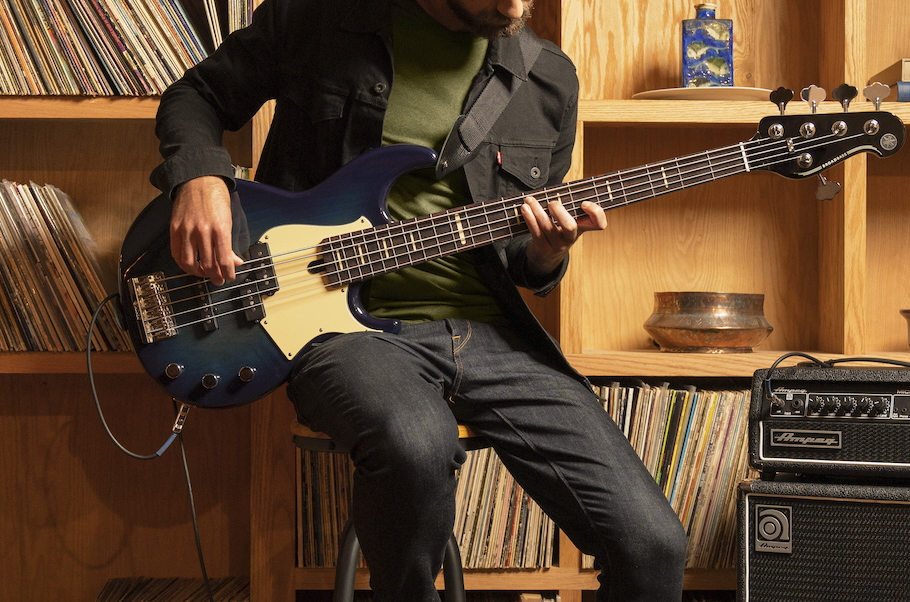Benefits of a Five-String Bass
To B, or not to B?
One of the most important lessons I’ve ever learned — musically or otherwise — is that less is often more. When you have something to say, choose your words carefully, and state them concisely. When it comes to bass, choose your notes carefully, and play them precisely. You don’t need to express yourself with 16th note arpeggios — you can do a lot more with great tone, tight syncopation and emotive inflection, especially when you leave lots of empty space to let it all breathe and co-mingle.
This concept of “less is more” was put to the test the first time I picked up a five-string. For starters, there’s a fifth more worth of notes you can play, but E is also not necessarily the bottom note. For me, it was exciting but scary because I was out of my element, even though the fretboard still looked familiar. It was no longer a question of what to play, but where to play it.
Playing a five-string bass requires you to rethink how you approach the instrument. You won’t forget what you already know, but you expose yourself to the possibility of some awkward growing pains. You may have to get past what makes you uncomfortable, but the rewards are exponential because fluency on a five-string also enhances your technique on a four-string.
Let’s take a closer look at how it all works.
The Two Varieties of Five-String
Five-string basses essentially come in two flavors: either outfitted with a low B-string for B-E-A-D-G tuning, or a high C-string for E-A-D-G-C tuning. Most of the ones I’ve seen and played — including the thunderous Yamaha TRBX605FM — sport that low B-string. That said, I know some bassists who prefer the higher-strung models because they get all of the four-string bass’s traditional range along with easier fretboard access to higher notes and the ability to play the kinds of thick chords more commonly the province of the baritone guitar.

My personal preference is for the lower-strung models. The deep impact those five extra notes (counting the open B) can make in a song is the equivalent of squeezing a new color of paint onto an artist’s palette. For starters, it gives you the flexibility to drop way down low to play the root of a song in, say, the key of D or C, where it doesn’t compete with any other instrument — and, as a bonus, those ultra-low notes marry up beautifully with the thump of the kick drum.
In addition, you can create more dramatic tension and release when you drop down an octave in a second verse, more visceral excitement by shifting down into the Earth’s mantle to create space for a guitar solo. You can’t do that to the same extent on a four-string bass without altering its tuning or using a pitch modulator or sub-octave effect — something which, to my ears, never sounds as good as the real thing.
The Freedom to Shift Positions
It was the prospect of dropping down lower that initially attracted me to the five-string bass, but I quickly discovered that the additional string also gave me more freedom to shift positions to change the tone of the note. For example, a low F at the sixth fret on the B-string is much more harmonically rich than the same note played on the first fret of the E-string.
Furthermore, by shifting your position, you can often find an easier way to reduce the acrobatics required to play a certain pattern. As I described in a previous blog, two-octave runs no longer require a huge muscular effort — instead of rapidly climbing up or down and across the strings at a breakneck pace, you can subtly shift across the strings with less stressful hand movements, giving you more opportunities to be spontaneous and making it easier to hit the landing.
Five-String Considerations
As with anything new, there are a couple of things you’ll need to think through before you go shopping for the five-string of your dreams:
1. Make sure your amp and cabinet can handle the extra low end that’s going to get served up. A sealed cabinet loaded with larger speakers (12″ or 15″) will be inherently better at reproducing the lower frequencies generated by a five-string bass (an open B-string is 31 Hz, whereas an open E is around 40 Hz) than, say, a ported 2 x 10″ cabinet, but the only way you’ll know is to research the specs and then actually listen very closely. A great choice here would be the Ampeg™ RB-115 combo, which pairs a 15″ speaker with a powerful 200-watt amp, complete with overdrive.

2. Choose an instrument with a neck that feels comfortable to you. As you try out different five-string basses, you’ll undoubtedly notice that their necks feel quite different from those of their four-string cousins. Some manufacturers opt for tighter string spacing, while others simply make the fretboard slightly wider with more comfortable spacing. Remember, like any new instrument in your arsenal, this may take some time to get used to, but if you want that extra string, you’ll have to accept some change in the way you get from note to note.

That said, plug a top-notch five-string bass with a perfect neck profile (such as the extraordinary Yamaha BBP35) into a great amp and you won’t be thinking about fretboard width or string spacing. All you’ll be able to focus on is how you can feel the barometric pressure in the room drop when you ride that B-string.
Check out these related blog articles:
Choosing the Right Bass Guitar, Part 1: Four-String or Five-String?
Click here for more information about Yamaha bass guitars.
Click here for more information about Ampeg bass amps.















